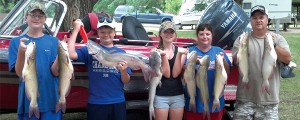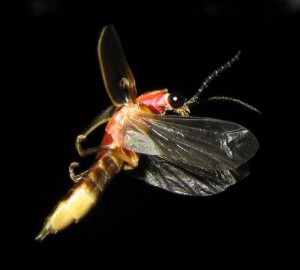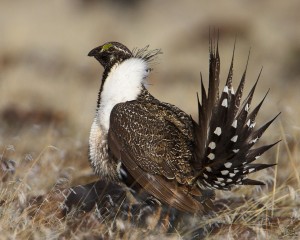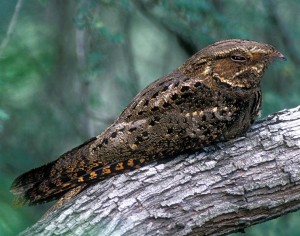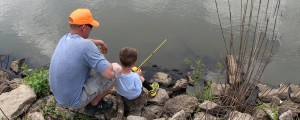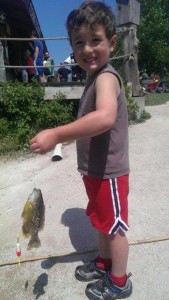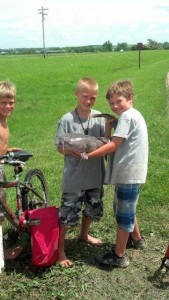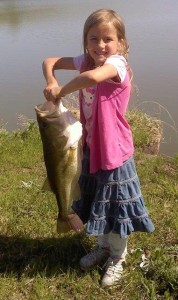Rock Creek High School Wins Kansas State High School Fishing Championship on Wilson Lake
Reprinted from: FLW Outdoors OutdoorHub
The RockCreekHigh School team of Travis Blenn and Bryce White brought a five-bass limit to the scale July 13 weighing 8.34 pounds to win the 2014 Kansas State High School Fishing Championship on WilsonLake. The win earned the team the title of state champions and qualified the team to compete in a High School Fishing conference championship on the Red River in October.
The top five teams on WilsonLake were:
1st: RockCreekHigh School – Travis Blenn and Bryce White, five bass, 8.34 pounds
2nd: StocktonHigh School – Christian Hamel and Holden Jones, five bass, 8.26 pounds
3rd: Kansas Student Angler Federation – Cameron Pappan and Dayne McNutt, five bass, 8.16 pounds
4th: Northwest High School/Goddard High School – Brock Miller and Dakota Driskill, four bass, 8.04 pounds
5th: Nickerson High School/Hutchinson High School – Conner Barret and Keil Orrison, one bass, 1.72 pounds
Complete results can be found at HighSchoolFishing.org.
The 2014 Kansas State High School Fishing Championship was a two-person (team) event for students in grades 9-12. The top 10 percent from each TBF/FLW state championship field will advance to a High School Fishing conference championship along with the top 3 teams from each of the six 2014 High School Fishing Opens that coincide with the 2014 Walmart FLW Tour. The top 10 percent of each conference championship field will then advance to the High School Fishing National Championship, coinciding with the TBF National Championship and an FLW Tour stop in the spring of 2015. The High School Fishing national champions will each receive a $5,000 college scholarship to the school of their choice.
In addition to the High School Fishing National Championship, all SAF members nationwide automatically qualify for the world’s largest high school bass tournament, the 2014 High School Fishing World Finals, held on LakeDardanelle in Russelville, Ark., on July 15-19.
At the 2013 World Finals more than $40,000 in scholarships and prizes were awarded. Visit HighSchoolFishing.org for details.

